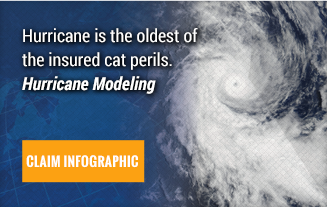One way to start the new year is to take a look back and see how the previous year looks now that it’s in the past (which means we’re in the future now, which is neat).
The re-insurers have been publishing snapshots of 2016’s cat events, and the losses which makes it easy for us. Here is the Brink’s look, and Munich Re’s look. In a nutshell, 2016 was a relatively heavy year for catastrophes. As per Munich Re: It was the costliest 12 months for natural catastrophe damage after three years of relatively low losses, and above the 10-year average of $45.1 billion. The marquee events of the year include:
- Fort McMurray wildfire (largest cat event in Canadian history)
- Earthquakes in Italy, Japan, and New Zealand
- Hurricane Matthew, and…
- “North America was hit by more natural disasters than in any year since 1980” (Munich Re)
- On Italy quakes, the insured losses were $70M compared to total losses of $5B (it isn’t a typo!).
- On Asian quakes, the insured losses were $5B on $20B of total losses.
- Asian flooding was bad last year, causing $16B in total losses with almost none of it covered.
- US Flood did better on the coverage gap, with about 70% of the losses covered (that’s a very good figure for US Flood!).
The Canadian wildfire losses were also remarkably well covered, with $2.8B out of $3.9B in losses covered – also close to 70%. Underwriters should read these figures and be thinking of the opportunity. The protection gap is a giant red arrow pointing at where business can be expanded and more premium can be collected profitably – hopefully, 2017 will see some of these gaps narrowed by innovative and hungry underwriters.

